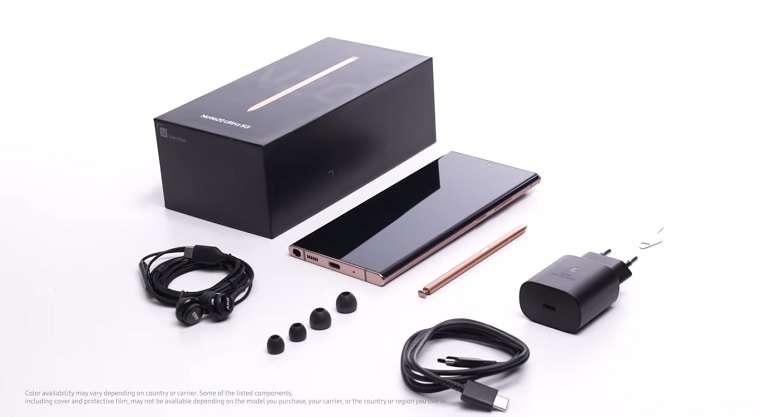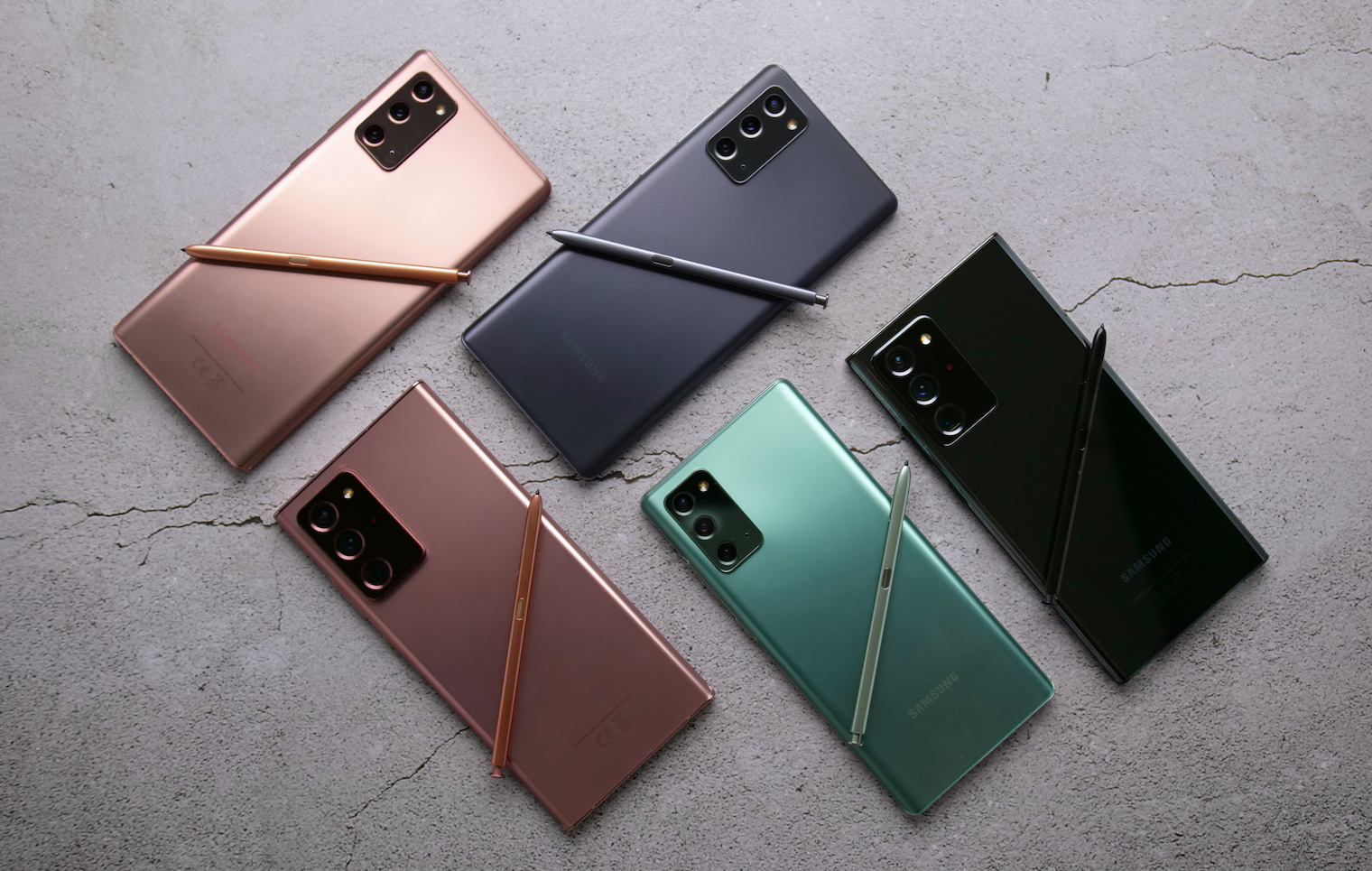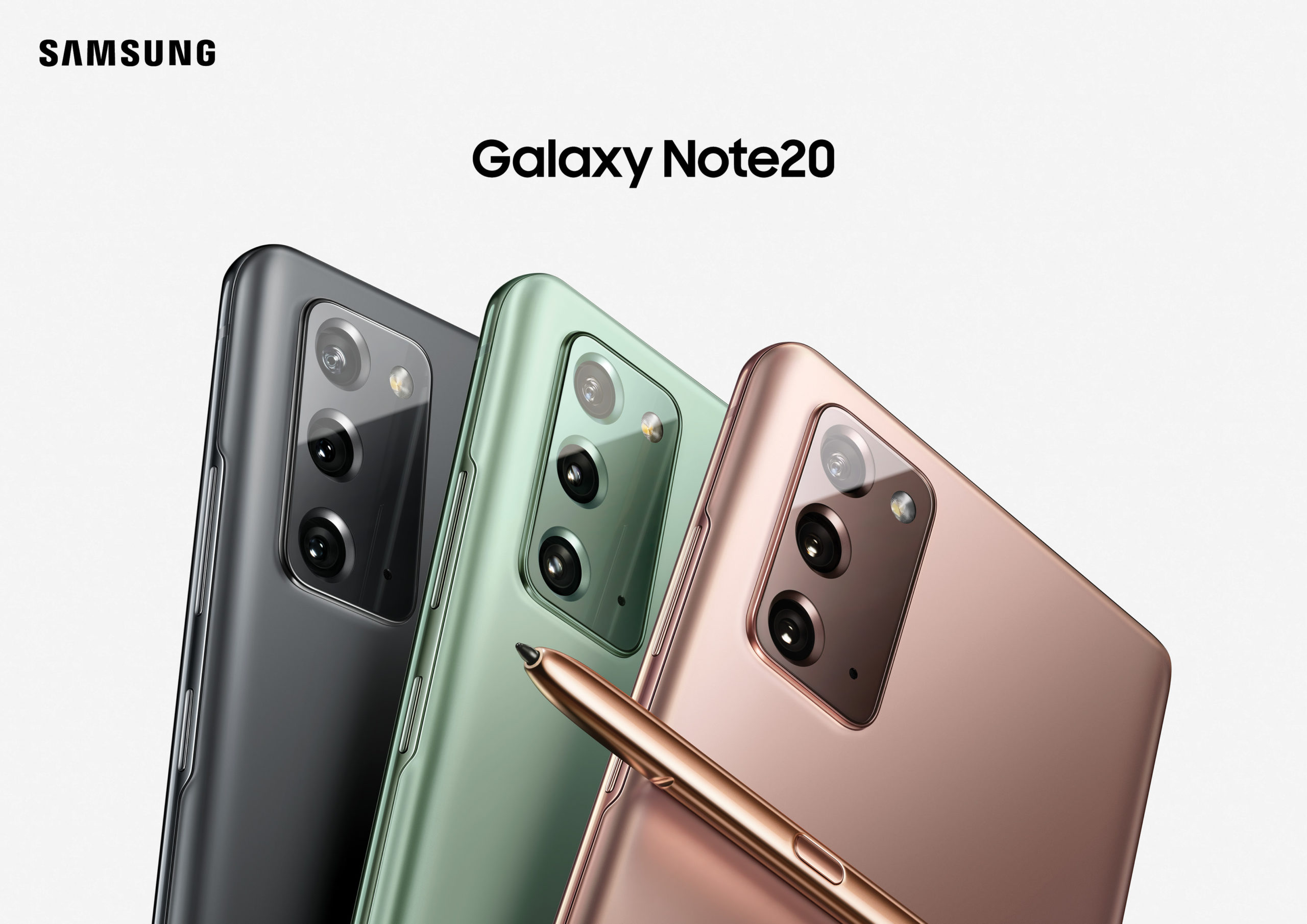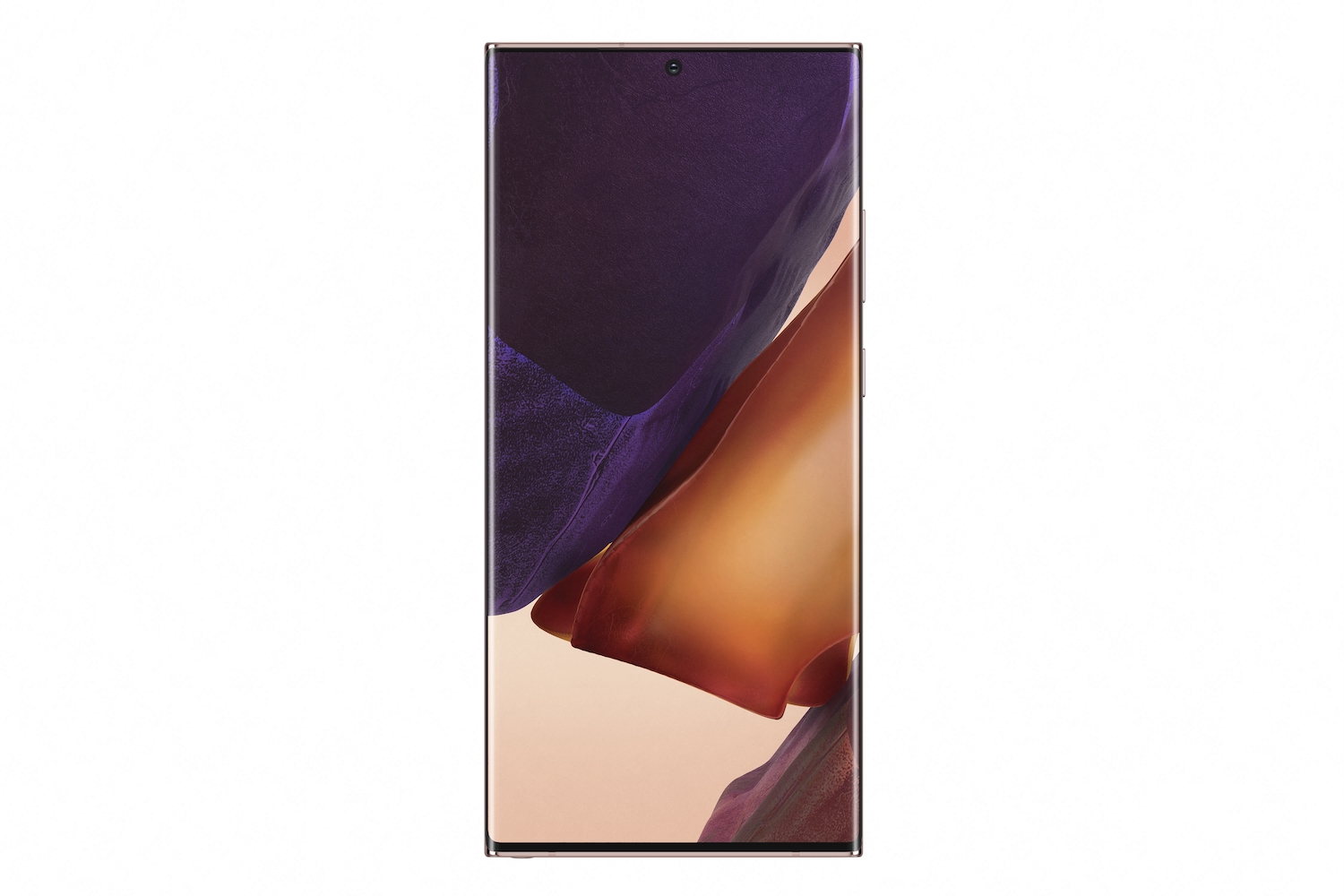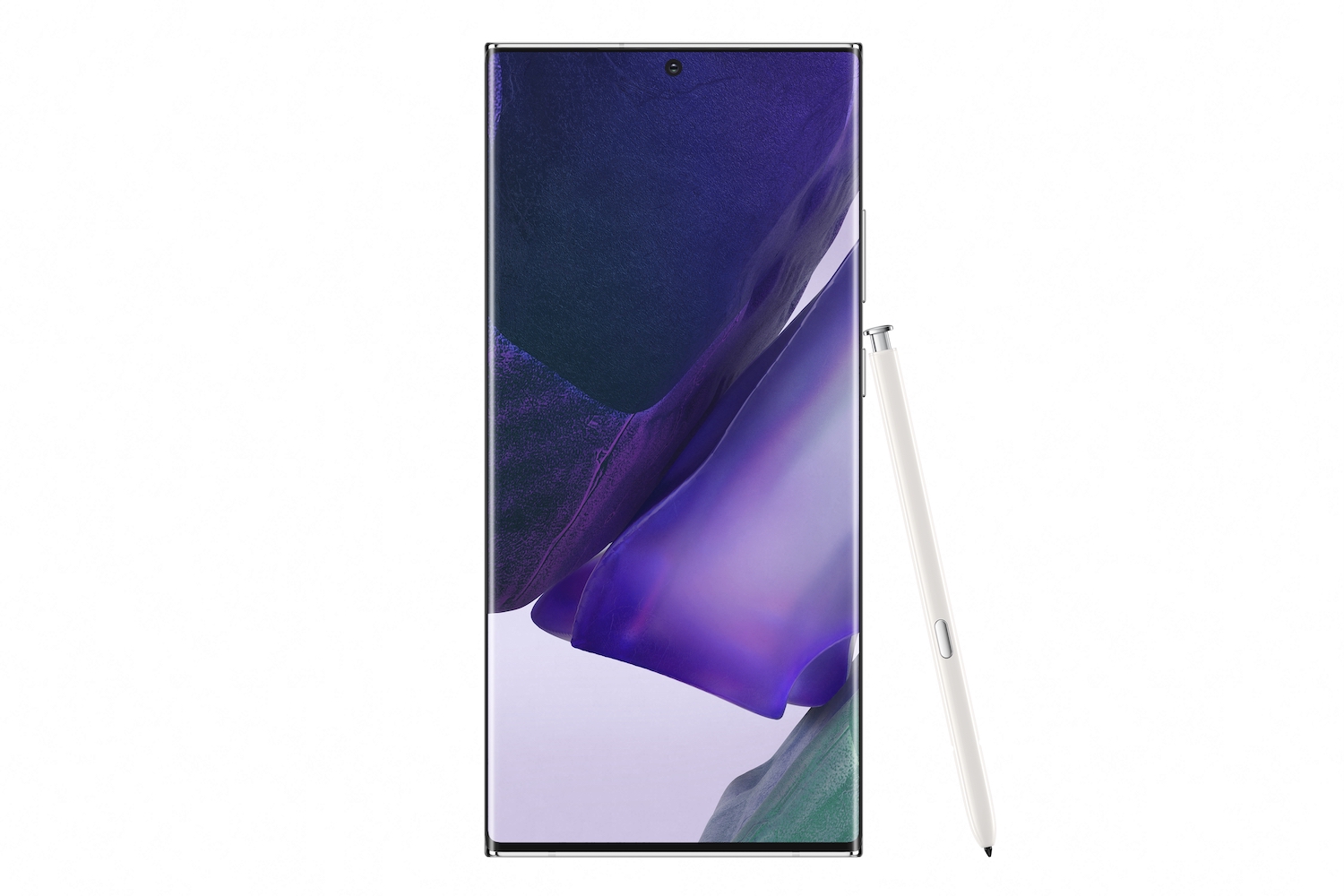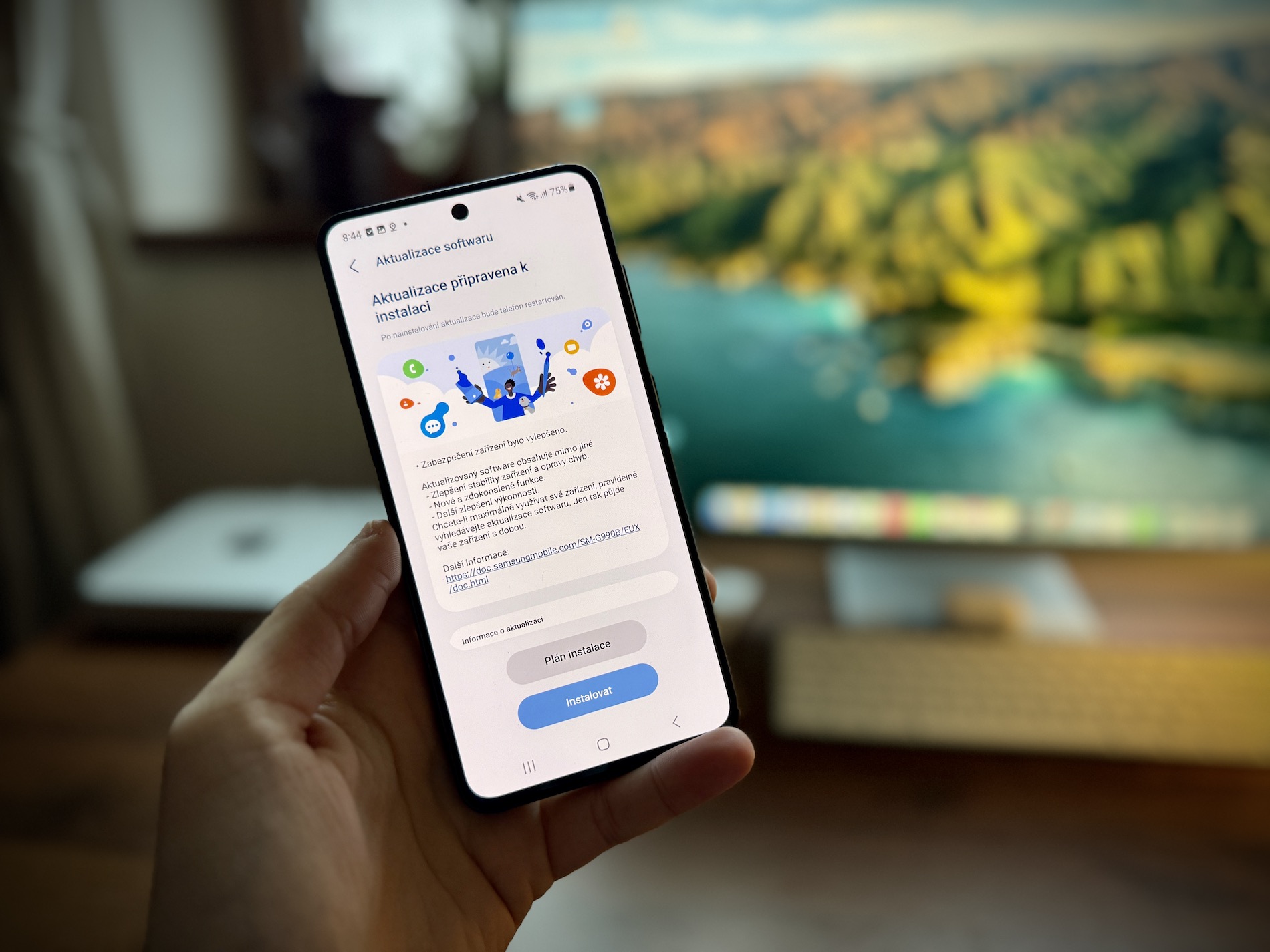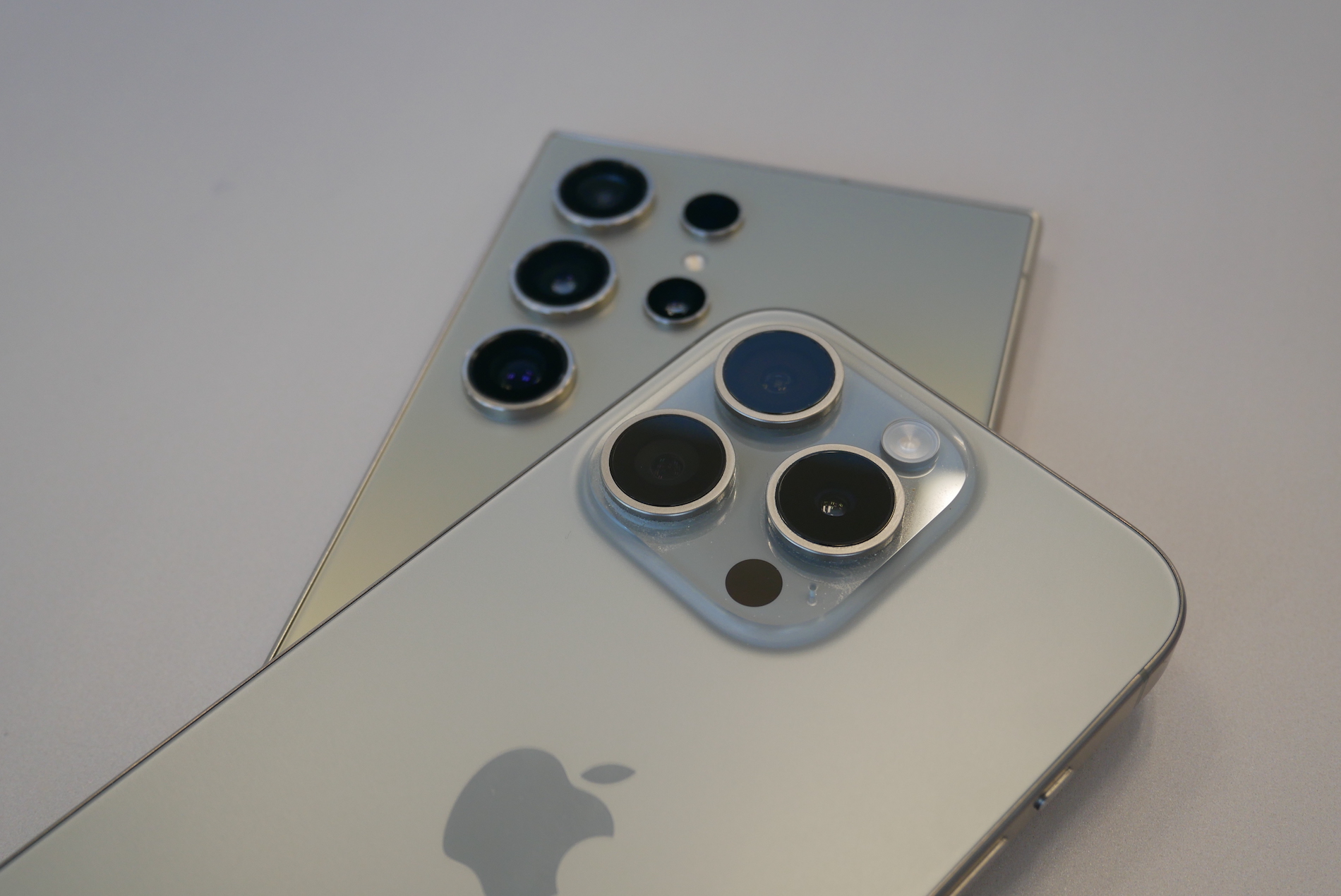South Korean Samsung likes to brag in many ways and just after the announcement of a new model range Galaxy The Note 20 came out with a whole series of videos where it explains the advantages and advantages of the new smartphones. It is no different with the new AMOLED display, in which case the company talked about how much influence it has on battery life. Premium model Galaxy The Note 20 Ultra has a dynamic refresh rate that can actively adapt to the content and offer the most suitable option. Although for example Galaxy The S20 Ultra has a high-quality AMOLED 2X screen with a frequency of 120Hz, the slightly larger Note has a number of advantages.
The main one includes the refresh rate, which can go up to 120Hz, but at the same time it can adjust and adapt. Standard 120Hz panels can also be operated at 60 and 90Hz, but in the case of the new Galaxy Note 20 Ultra can reduce this limit to 30 or 10Hz, which significantly saves battery and the smartphone adapts to the content that the user is currently consuming. Thanks to the LTPO technology and a special type of panel, the demands on the battery will drop by up to 22% according to the engineers, which is certainly noticeable during long-term use. This is definitely a step forward, which is acknowledged by both fans and technology enthusiasts, as well as expert reviewers.
You could be interested in
